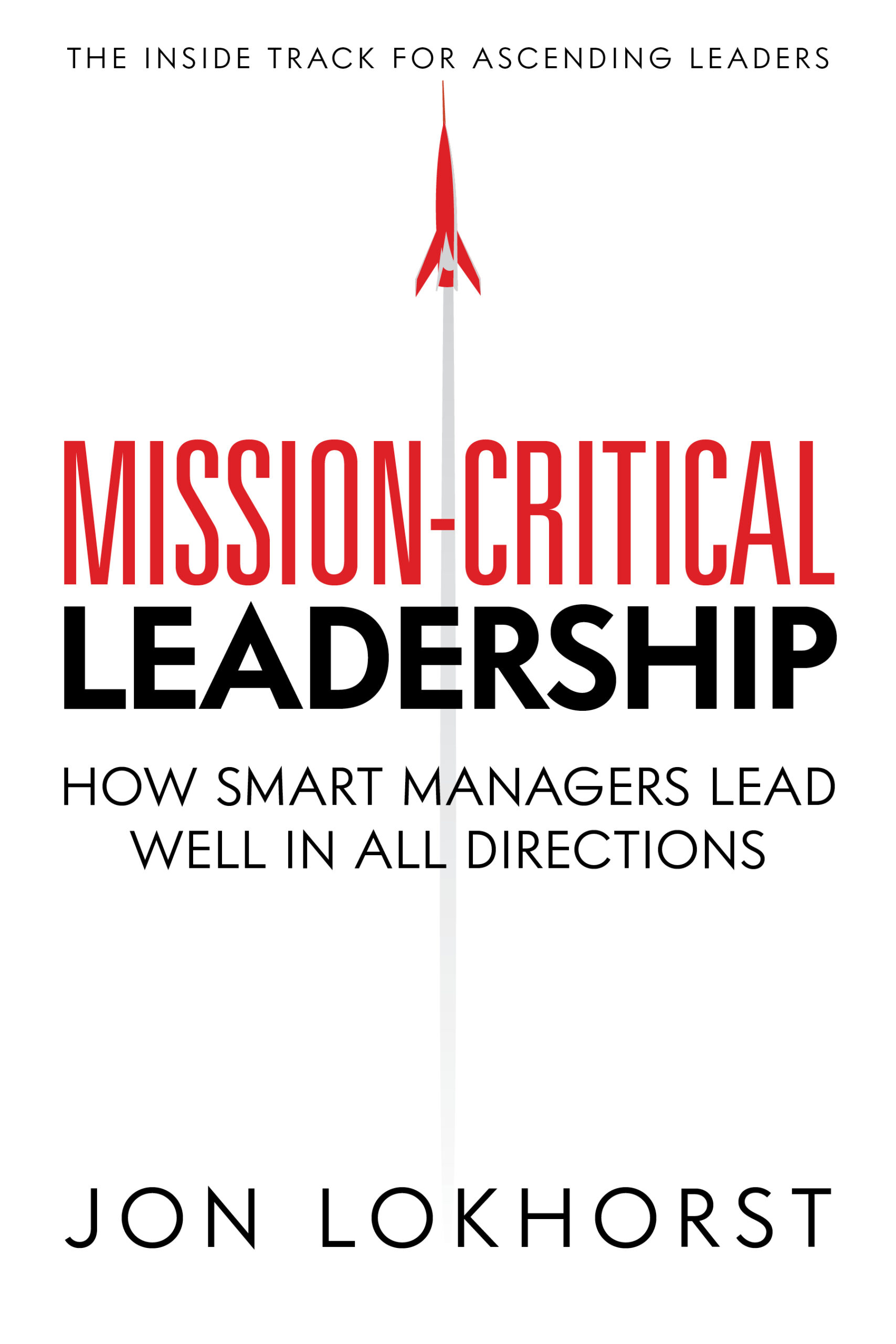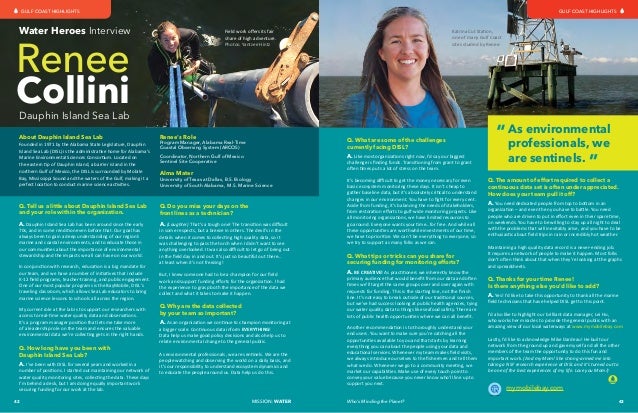
( The Markup)ĩA tiny ancient hominin may have been cleverer than we thought The categories people are placed in are really based on guesswork, but occasionally it can be spookily accurate.

We’re living in a time of ‘peak TV’, yet no one seems to be able to make the numbers add up. + Here’s what Zuckerberg had to say about Apple’s new headset. The same as all its competitors, it seems: AI everywhere. + Why child safety bills are popping up all over the US. ( MIT Technology Review) + A detector can spot AI-written academic text. ( The Register)ĥ Louisiana will require parental consent for kids’ online accountsīut it’s hard to see how this’ll be backed up with action. + Labor unions have a new enemy: AI. ( WP $) + Why we need to do a better job of measuring AI’s carbon footprint. ( MIT Technology Review) We could pay a high environmental price for the technology’s rapid growth. + Satellite images lay bare the scale of the destruction. ( NBC)Ĥ We need more data on AI’s carbon footprint Worst of all, some of the damage it’s caused may be permanent.

( NPR)ģ The dam collapse in Ukraine is an ecological disaster The line between reality and fiction is getting harder to discern. + These apps let you check the air quality where you live. ( WSJ $)Ģ DeSantis’s campaign shared deepfake images of Trump and Fauci + But the situation is slowly improving. ( NYT $) + It’s been a terrifying week for New Yorkers. Their sophisticated color correction algorithms mean it’s harder to take accurate photos. I’ve combed the internet to find you today’s most fun/important/scary/fascinating stories about technology.ġ Our phones are failing to capture the reality of wildfires Speakers from leading organizations such as Google, NASA, Johnson & Johnson, NVIDIA, and the USPS will sit down with MIT Technology Review's editorial team to discuss innovations and impact. Learn how technology is changing the world of workĪre you interested in exploring the emerging technologies like AI reshaping the world of business today? Attend EmTech Next, our three-day online conference from June 13-15. Sign up to receive it in your inbox every Wednesday.

This story is from The Spark, Casey’s weekly climate and energy newsletter. New York–based startup Amogy thinks the key to solving this problem lies in harnessing ammonia-one of the world’s most widely shipped chemicals-to power electric tractors, trucks, and even ships.Ĭasey Crownhart, our climate reporter, visited its headquarters to hear more about the team’s big ideas. And while we’re making steady progress, there are parts of the puzzle that are harder to solve, like vehicles that need to cover long distances or run for long durations without stopping to charge. Transportation is a huge piece of the climate puzzle, accounting for over 15% of worldwide global greenhouse gas emissions. This unlikely fuel could power cleaner trucks and ships


 0 kommentar(er)
0 kommentar(er)
